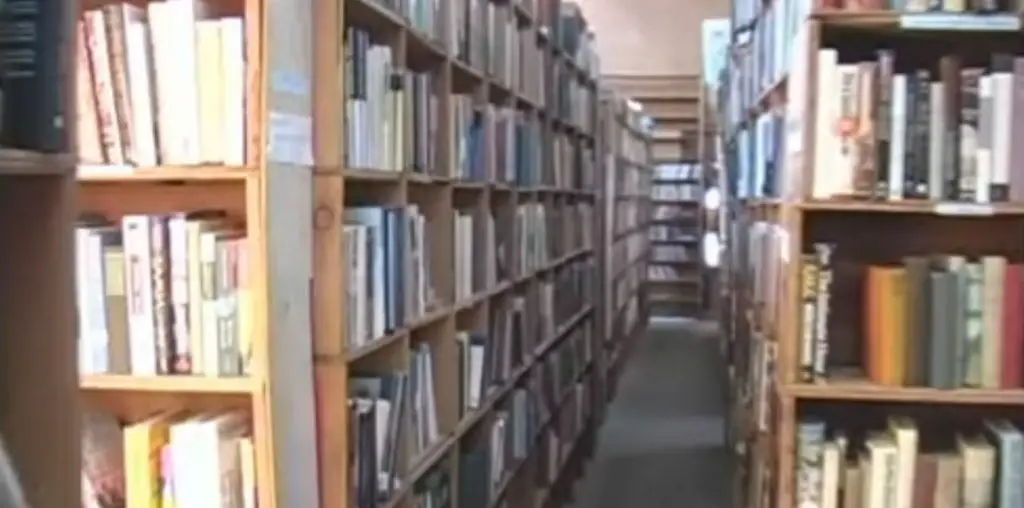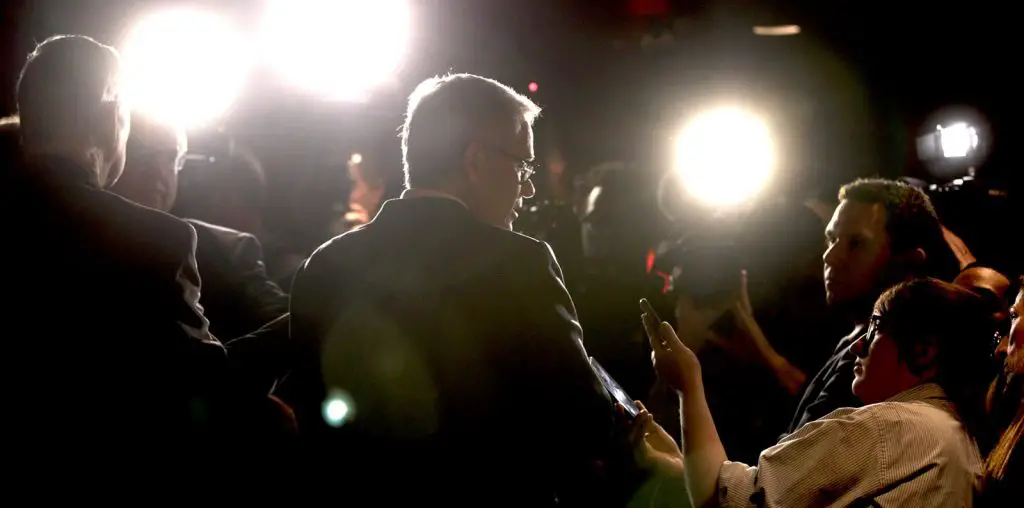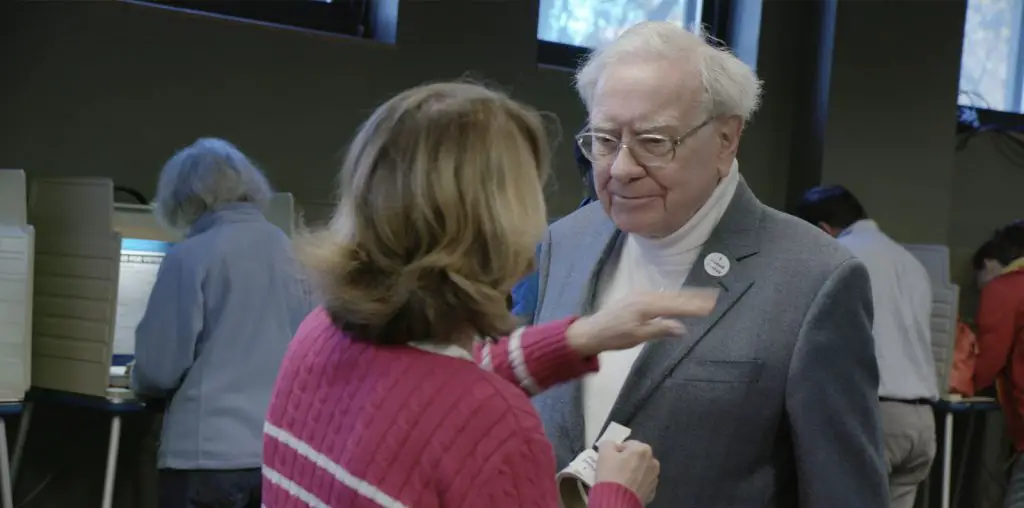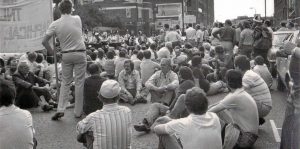
Wapping — The Workers’ Story, directed by Chris Reeves, remembers the many print workers who had their jobs and lives ruined by Rupert Murdoch and Margaret Thatcher. How exactly do you destroy an established culture of newspaper labor unions in the U.K.? Easy. You follow Murdoch’s callous blueprint. Step one is to amass an inordinate amount of capital. Then you wait for the perfect anti-labor politician to arise — Thatcher — and align your business interests to their political interests.
The third step involves daring unionized workers to strike, and when they do, bring in scabs and fire those on strike. Fourth is wielding the power of the state, with which you are inextricably linked, and bring in overwhelming numbers of police to intimidate and injure workers. Step five sees you print stories in your newspaper smearing the labor movement and downplaying police aggression. Six: wipe the dirt from your hands, congratulate yourself on a job well done, and follow the successful blueprint in whatever other country your media empire has its eyes and pockets set on.
Many in the United States know Murdoch as the owner of Fox News and numerous other media holdings. But they may not know that Murdoch sharpened his skills in the U.K. before conquering the States. Wapping — The Workers’ Story takes its title from the town of Wapping. Murdoch decided to move the headquarters of his newspapers from London to Wapping, which involved scrapping all the old machinery used to print newspapers. A new office, printing technology, and a restructuring of work hours were Murdoch’s signal to unionized laborers that things were going to change. Sure, new technology always disrupts labor practices, but Murdoch’s reluctance to negotiate with unions, his hiring and busing of scabs to Wapping, and the firing of nearly 6,000 workers, many of them women, demonstrated the real goal was not the modernization of the newspaper business but the breaking of unionized labor.
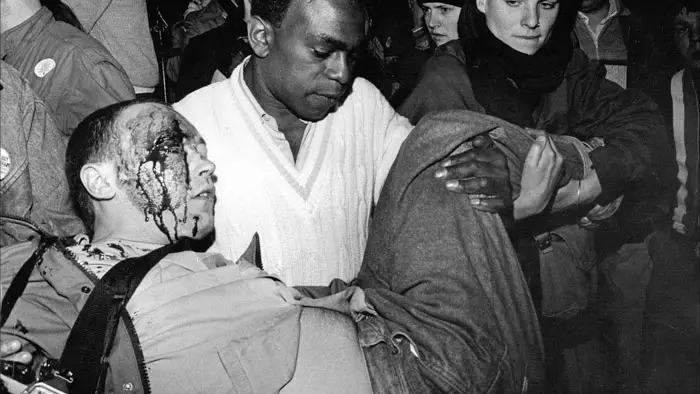
“…many print workers who had their jobs and lives ruined by Rupert Murdoch and Margaret Thatcher.”
While the film details Murdoch’s tactics, most of the documentary is devoted to the stories, heartaches, and disappointments of unionized printers whom Murdoch fired. Marriages and financial futures were ruined. In addition, the pride union members felt belonging to a community of highly skilled laborers who had a say in their professions was forever fractured. The toughest stories to stomach are those of law-abiding workers on strike and the innocent residents of the town of Wapping being on the receiving end of police violence. Many a nose was broken. Yet, not a single police officer was prosecuted. If it was not evident before, Reeves makes it unmistakably clear — the police were originally created to control masses of laborers in big cities and are still called in to fulfill their original purpose.
The sad truth is that unions never recovered after Murdoch and Thatcher had a go at them. Reeves reminds us that now five billionaires own roughly 80% of the U.K. media. These billionaires, not surprisingly, are tax exiles. After decades of Republican and Democrat Neoliberal rule in the United States, we too have had our labor unions decimated. As pointed out by the economist Richard D. Wolff, there is an irony in this anti-unionist attitude. Unions have always represented the rights of workers and given them a voice through collective bargaining. However, nowadays, the mere mention of the “u word” at work can get you fired.
The irony resides in the fact that while we take pride in our freedom of speech and our freedom to elect political representatives, our speech is most restricted in the same place we spend most of our waking hours. Democracy, in the true sense of the word, will continue to evade us as long as we have little to no say at work. Wapping — The Workers’ Story dives into this irony and the parallels to the past engagingly.
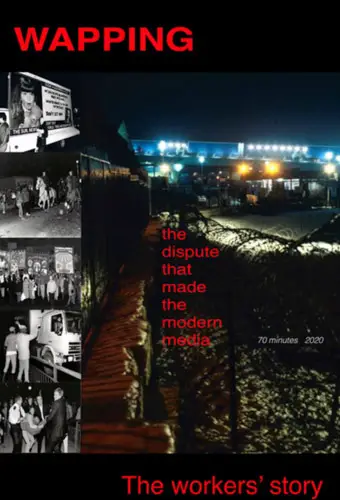
"…dives into this irony and the parallels to the past engagingly."
